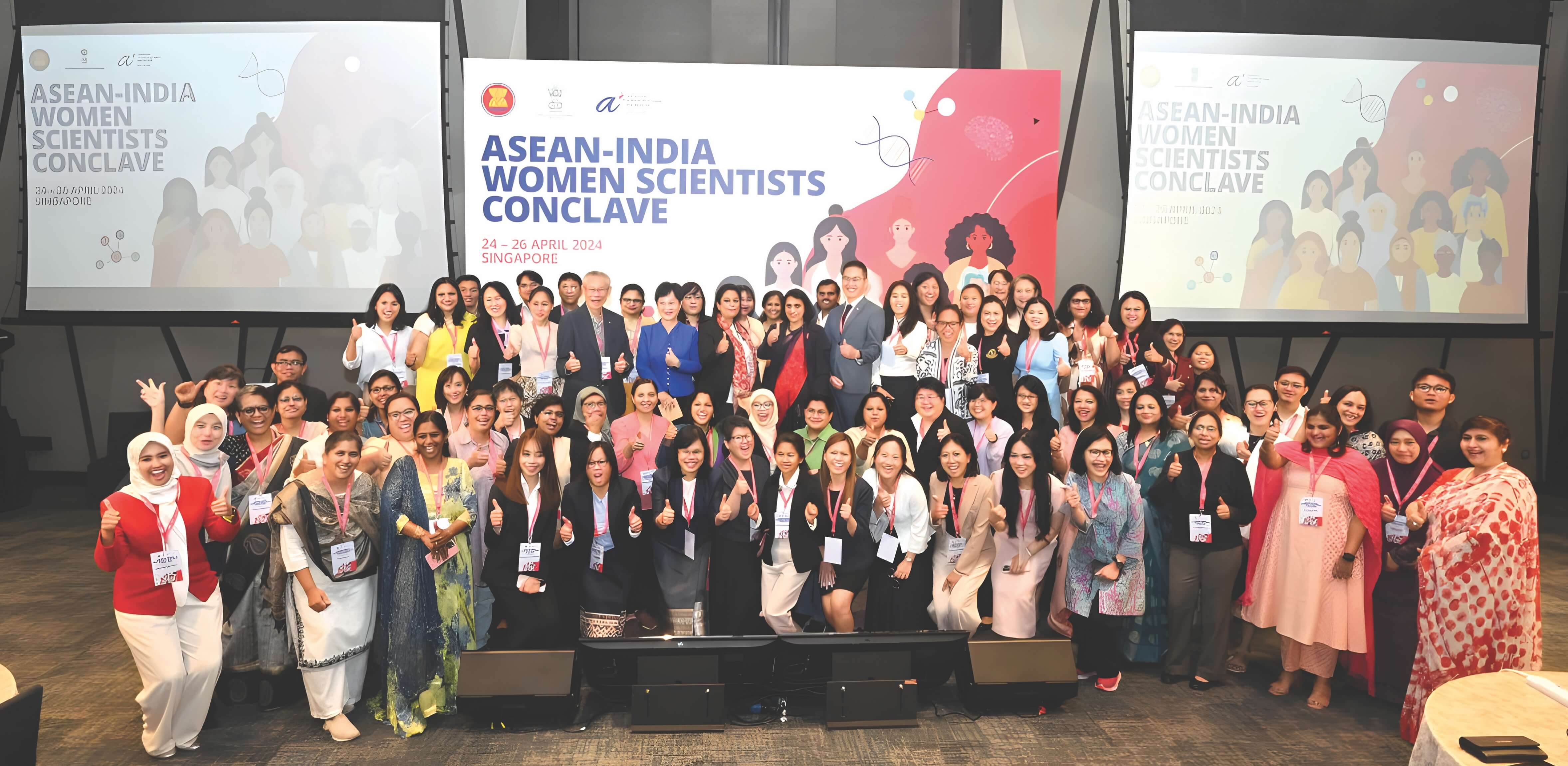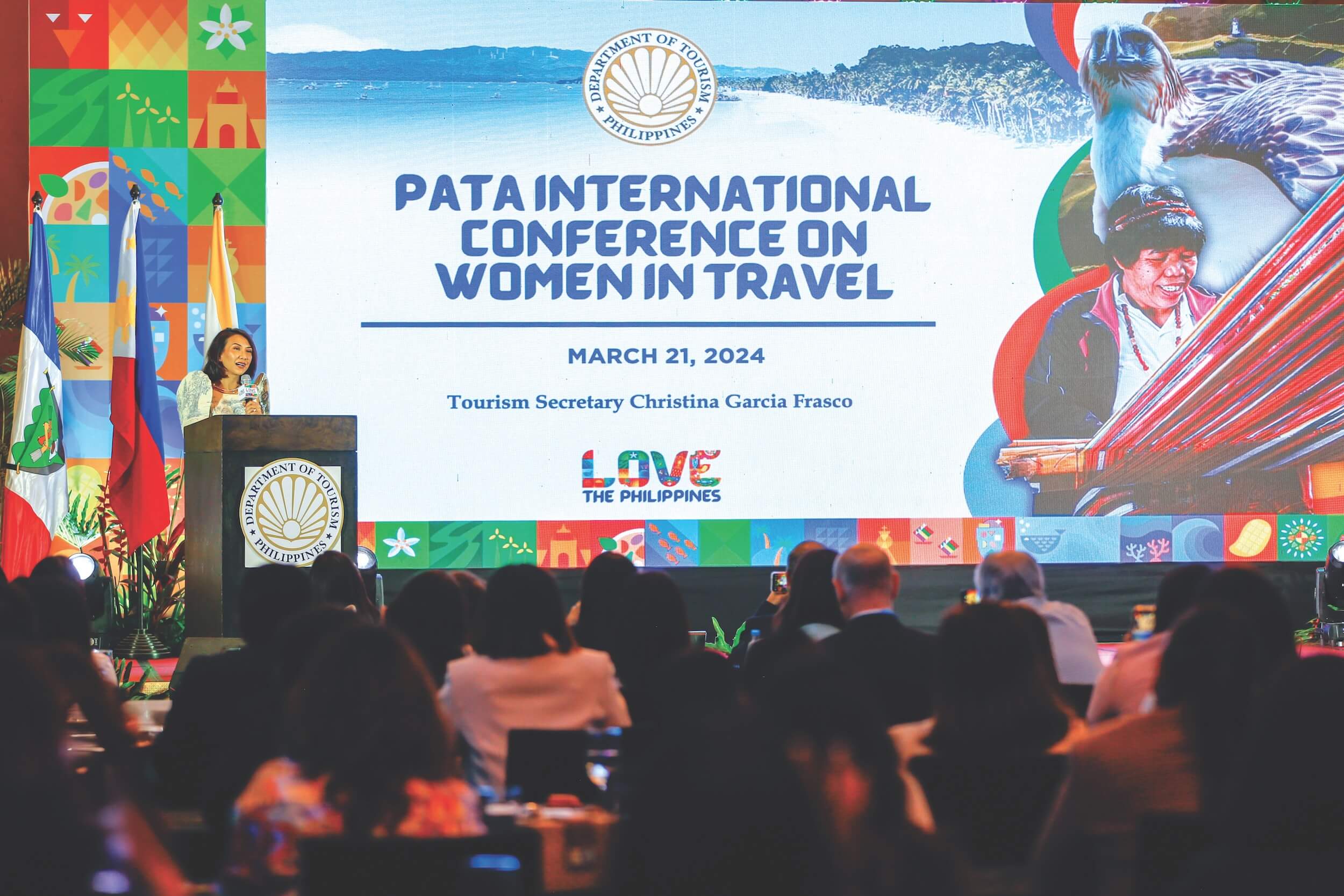



The ASEAN region is located in one of the most disasterprone areas of the world. It is The ASEAN Agreement on Disaster Management and Emergency Response vulnerable to typhoons, floods, droughts, earthquakes, and volcanic eruptions.
In the past 15 years alone, ASEAN has experienced major catastrophes like the Indian Ocean Tsunami (2004), Cyclone Nargis (2008), and Typhoon Haiyan (2013), to name a few.
To sustain economic growth and social development in ASEAN amidst the threat of more severe and frequent disasters, a well-designed social protection system is essential. This will build resilience at the grassroots level which, in turn, will bolster the resilience of ASEAN as a community.
ASEAN Agreement on Disaster Management and Emergency Response and the ASEAN Declaration on Strengthening Social Protection The ASEAN Agreement on Disaster Management and Emergency Response (AADMER) established a clear objective to “provide effective mechanisms to achieve substantial reduction of disaster losses in lives and in the social, economic and environmental assets of the Parties, and to jointly respond to disaster emergencies through concerted national efforts and intensified regional and international cooperation” (Article 2 of the ASEAN Agreement on Disaster Management and Emergency Response, 26 July 2005).
In the AADMER Work Programme 2016-2020, Priority Programme 4 (PROTECT) is dedicated towards “ensuring social protection and establishing social safety nets in the context of disasters.” One of the initiatives under this programme is the development of an ASEAN Guidelines on Disaster-Responsive Social Protection, which is supported by the Food and Agriculture Organization of the United Nations and other relevant partners.
The formulation of these regional guidelines enables different sectoral bodies within ASEAN— including the ASEAN Committee on Disaster Management (ACDM), Senior Officials’ Meeting on Social Welfare and Development (SOMSWD), and Senior Officials’ Meeting on Health and Development (SOMHD)—to be part of a thorough consultation process to strengthen the link between social protection and emergency response. The eventual implementation of the social protection guidelines in ASEAN will certainly boost the long-term social protection system that supports humanitarian assistance in times of disasters.
In addition to initiatives strengthening social protection under the AADMER Work Programme, the social welfare sector also adopted the ASEAN Declaration on Strengthening Social Protection in November 2013.
This declaration emphasises ASEAN’s goal of enhancing the well-being and livelihood of ASEAN people by providing equitable access to opportunities for human development, social welfare, and justice.
The declaration on social protection is instrumental in supporting national policies, strategies, and mechanisms that strengthen the implementation of social protection programmes in the region. It also promotes results-based and evidence-based national assessments and the benchmarking of social protection delivery services in ASEAN Member States. It likewise encourages the responsiveness of social protection systems through multisectoral consultations and continuous sharing of information.
Following the declaration’s adoption, ASEAN approved the Regional Framework and Action Plan, which breaks down the provisions of the declaration into goals, objectives, and specific actions to be implemented by various sectors of the ASEAN Socio- Cultural Community.
The implementation of both the AADMER and the Declaration on Strengthening Social Protection led to the development of key policies that guided ASEAN social protection activities towards a participative, integrated, coordinated, and effective manner of development and implementation. This effort also underscores ASEAN’s commitment to draw on social protection systems to complement efforts to strengthen existing disaster risk management systems and protocols in the region.
Thus, Member States remain fully committed to mainstreaming social protection systems and measures not only in disaster response, but also in the entire disaster risk reduction and management continuum, from prevention and mitigation, to rehabilitation and recovery.
Promotion of Social Protection Measures in Disaster Risk Reduction and Management in ASEAN
ASEAN has continuously promoted social protection measures as a way to reduce vulnerabilities of at-risk populations and to strengthen their capacity to cope with and recover from the economic and social impacts of disasters.
This can be seen in the implementation of the project, Scaling up Forecast-based Financing/Early Warning Action (FbF/ EWEA) and Disaster Responsive Social Protection (DRSP), which showcases the innovative use of climate risk information for disaster resilience in the ASEAN. Promoted in Cambodia, Myanmar, and the Philippines, this project is focused on accelerating the use of climate risk data and strengthening early warning systems to trigger early action and shock-responsive social protection (SRSP) measures using impact-based forecasts.
We encourage ASEAN Member States to adopt the FbF/EWEA approach and implement roadmaps to establish SRSP systems by equipping them with skills and providing financial options to implement such measures, strengthening regional cooperation, and implementing coherent technical approaches.
The two key challenges that were cited during the project evaluation are as follows: (i) limited number of disasteraffected population covered by existing social protection programmes which renders these programmes insufficient for quickly delivering extensive disaster assistance; and (ii) the limited capacity of national governments to implement a scaled up social protection programme for disaster response.
To address this situation, we, at the ASEAN Committee on Disaster Management (ACDM), shall continue to promote regional cooperation, use coherent technical approaches and tools, and undertake a joint advocacy to support the actions of the Member States requiring enhancement. This shall be done through the following: (i) multisectoral cooperation among the ASEAN sectoral bodies (SOMSWD, ACDM, SOMHD) in developing concrete action plan(s) to implement and monitor the ASEAN guidelines; (ii) strengthening the understanding and visibility of FbF/EWEA and DRSP through the development and dissemination of policy briefs, regular knowledge-sharing, and discussions among the ASEAN sectoral bodies and stakeholders; and (iii) inclusion of the FbF/ EWEA approach and reinforcement of DRSP as among the priorities in the development of the new AADMER Work Programme for 2021-2025.
ACDM’s Role in ASEAN’s COVID-19 Response
The ongoing COVID-19 pandemic has brought and will continue to bring social and economic consequences to ASEAN. It has exposed weaknesses in the social protection systems meant to support the urban poor and vulnerable communities, and may further contribute to the incidence of inequality within the region. It has also posed challenges to the ASEAN Member States’ respective preparedness and response mechanisms, economies, and health systems.
In the Declaration of the Special ASEAN Summit on COVID-19 issued on 14 April 2020, the heads of state made people’s well-being their top priority in the collective effort to manage the pandemic. The declaration also called for the continued sharing and provision of appropriate assistance among the Member States. This includes the enhancement of cooperation in ensuring social safety nets for ASEAN communities, the prevention of social disruption and instability as a consequence of the pandemic, the continuation of efforts to design and implement risk-informed and shock-responsive social protection systems to reduce the vulnerabilities, and the improvement of the overall resilience of the ASEAN community.
In a time of profound uncertainty for ASEAN and its peoples, the ACDM is strengthening regional cooperation in facing the pandemic.
The ACDM has ongoing discussions to address “new normal” scenarios towards strategic contextualisation of the AADMER Work Programme 2021-2025. The work programme will support the harmonisation of disaster risk reduction and management strategies for combating the current COVID-19 pandemic, along with the further examination of various cross-cutting issues such as public health. The current ASEAN response to the pandemic will also be tackled in the conduct of the 36th ACDM and other related meetings.
The ongoing COVID-19 response in the ASEAN region has certainly highlighted the multisectoral and cross-cutting nature of risks, while emphasising the importance of cooperation and solidarity among the ASEAN Member States in adopting evidence-based interventions.
The fight against the pandemic has yet to be concluded but, eventually, the tide will turn. It is now up to us to decide how to turn this disaster into an opportunity for ASEAN and to strengthen its cooperation and collaboration with partners to create a stronger and more resilient region.








